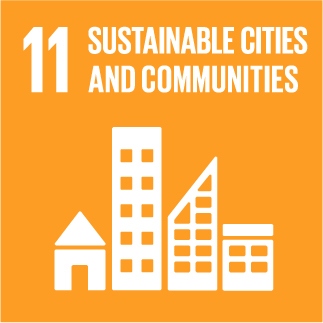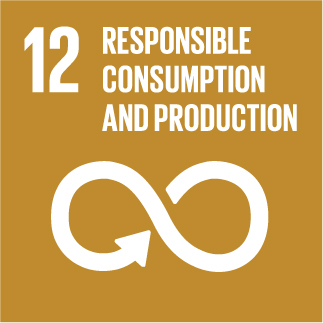URBANREC
Opportunities for Upcycling Cereal Byproducts with Special Focus on Distiller?s Grains
A growing world population and simultaneous diminishing of fossil resources force global stakeholders to provide solution approaches for ensuring the food supply chain in the near future. Within this context, cereal byproducts (CBP) occurring in the food or bioethanol industry are an untapped source of nutritious fractions that could serve as novel feedstock for secondary processes. Besides the utilization as feed, the conscious use of valuable compounds in abundant CBP remains as commitment against the use as landfill or waste.
Scope and ApproachThis review aims to outline characteristics, differences and parallels that occur among the quantitatively most important cereal byproducts bran, brewer?s spent grain (BSG) and especially distiller?s grains (DG) and provides an overview of present-day and future approaches of CBP upcycling. CBP include unexplored potential among the fractions of dietary fiber, protein and phenolic compounds that could be utilized as starting materials for food applications. Novel targeted approaches that aim on the valorization of particular compounds in CBP are presented. In addition, the feasibility of non-targeted traditional concepts of utilizing CBP as a whole is presented.
Key Findings and ConclusionsAs a result, by applying upcycling concepts, CBP can be completely utilized based on the upcycling aim: Nutritionally valuable fractions such as hemicelluloses or protein can be fractionated for food applications, whereas insoluble fiber fractions can serve as carbohydrate or energy source for the bioethanol or bulk chemical industry.

» Author: M. Roth, M. Jekle, T. Becker
» More Information

This project has received funding from the European Union's Horizon 2020 research and innovation program under grant agreement Nº 690103




URBANREC Guidelines by URBANREC Consortium is licensed under a Creative Commons Reconocimiento-NonComercial-NoDerivatives 4.0 Internacional License.
Puede hallar permisos más allá de los concedidos con esta licencia en www.aimplas.net
